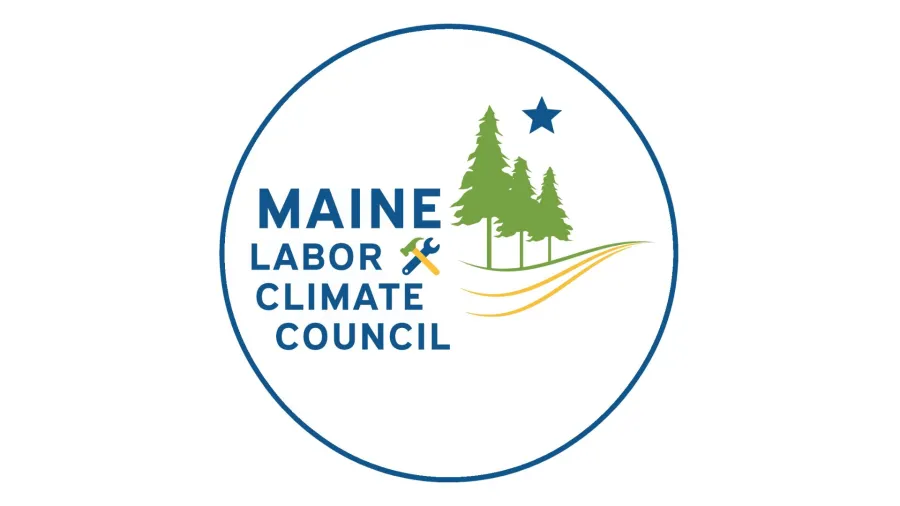Unions Developing Campaign to Secure Union Jobs with Inflation Reduction Act Funding

The Maine Labor Climate Council and a handful of building trades unions in Maine have been developing a campaign to secure more union work opportunities with funding from President Biden’s Inflation Reduction Act (IRA). Although the IRA is best known for subsidizing the buildout of utility-scale clean energy generation like solar and wind, the law contains significant new funding for home electrification and weatherization upgrades, such as the installation of heat pumps, insulation, air sealing, and efficient windows.
Taken together, these measures can provide consumers significant savings on their utility bills while at the same time reducing carbon emissions that are driving more extreme weather. But the Biden administration has also made clear that part of the intent of this new law is to “create good-paying union jobs.” That’s why it’s critical to ensure state agencies, contractors and other grant recipients understand the spirit of the law and the importance of strong labor standards.
This past Monday, union leaders from the IBEW, Plumbers and Pipefitters, Carpenters, and Painters came together at IBEW 567’s hall to learn about some of these IRA funds on their way to Maine, and the opportunity they present to grow market share in a fast-growing sector. About $72 million in IRA funding will go to Efficiency Maine and the Governor’s Energy Office to subsidize between 50 percent and 80 percent of the cost of insulating, air sealing, replacing windows and installing heat pumps for 6,730 low-income housing units in the state. This amounts to about $90 to $144 million worth of work. Another $70 million in IRA subsidies will be used to leverage $140 million private financing to rehab and do energy retrofits of public housing.
But in order to ensure this money supports quality jobs, it is critical that we organize and demand high labor standards for any work financed with federal IRA funding.
“A lot of the recipients of this grant funding for renewable energy and efficiency upgrades are folks that are on fixed incomes or receiving state assistance as it is, so the low road isn’t the way we want to go with it,” said Nick Paquet, Business Manager of IBEW 1253. "We want to make sure that the workers who are installing or upgrading these projects are paid a fair wage with good benefits.”
Such labor standards would include requirements like the use of apprenticeships and pre-apprenticeships, prevailing wages, local hiring, labor agreements and banning contractors with several labor recent labor violations.
Unions are exploring ways of working with housing coalition partners to build support among residents to raise the bar to allow reputable contractors that pay good wages with benefits, like health care and pensions, to bid on the projects. It will also involve organizing end users like public housing authorities, private owners of large low-income housing portfolios, colleges, universities, public schools and other entities who are doing energy efficiency upgrades to commit to working with unions using a set number of apprentices and pre-apprentices.
"It would be a really good opportunity to get jobs for our people if we can get them to recognize it’s a great way for them to get federal funds,” said Sam Boss, Maine AFL-CIO’s Apprenticeship, Workforce & Equity Director.
State officials will begin receiving funds and putting out RFPs in the next three to six months, so the Maine Labor Climate Council has been building a campaign to make sure the state understands the intent of the law and what its commitments are.
“This is an opportunity for the trades to gain or grow market share in emerging industries and get a foothold in growing markets, especially in the residential sector, which is up to two thirds of the weatherization and energy efficiency market,” said Francis Eanes, Executive Director of the Maine Labor Climate Council. “Unlike industries like offshore wind, which might still be years away, we’re talking about work that can be happening this year and could go for a long time.”
